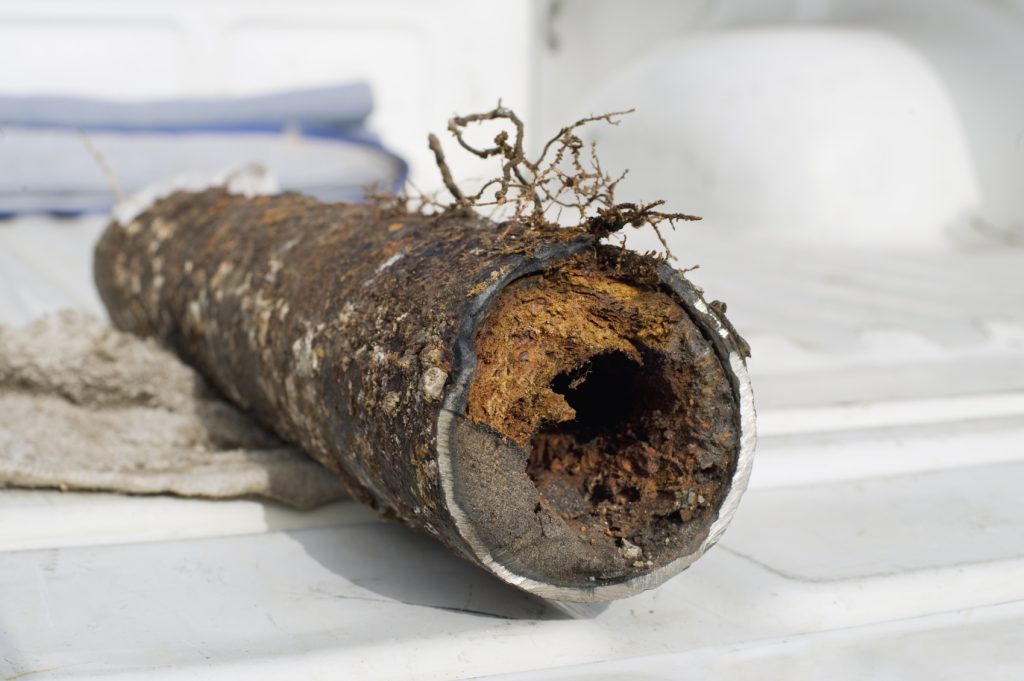Main Sewer Clogs: Causes, Warning Signs & Replacement Options
In the plumbing system of your home, the main sewer line serves as the critical connection between all your fixtures, drains, and pipes. This line bears the responsibility of safely transporting wastewater away from your property and into the municipal sewage system. Over time, however, this vital component of your plumbing can face significant wear and tear due to various factors—leading to blockages, severe damage, and sometimes even the need for full replacement.
Understanding what causes sewer clogs and recognizing the warning signs early can save you from dealing with expensive and invasive repairs.
Common Causes of a Clogged Sewer Line
A single clogged drain can be an annoyance, but it’s often manageable. However, when multiple drains throughout your home start to back up at the same time, it usually signals a more serious issue with your main sewer line. Here’s a closer look at some of the leading causes of sewer line clogs:

Severe Pipe Damage
Sewer pipes can endure significant damage due to shifting soil, heavy traffic above ground, or even the use of heavy construction equipment. Over time, corrosion can weaken pipes, leading to ruptures or breaks. When sewer pipes are compromised, wastewater won’t drain properly, resulting in frequent backups and the potential for a total pipe collapse.
Sagging Sewer Line
A sagging sewer line occurs when a section of the pipe sinks into the ground due to unstable soil conditions. This low point in the pipe traps waste, leading to recurring blockages. The problem only worsens over time, causing backups that could impact the entire plumbing system.
Tree Root Infiltration
Older sewer lines—those made of clay or other porous materials—are particularly vulnerable to tree roots. As roots grow in search of moisture, they can penetrate the joints of sewer pipes, creating cracks and blockages. Once roots enter, they expand, causing pipes to break or collapse, resulting in significant damage to your sewer system.
Flushing Debris Down the Toilet
Treating the toilet as a garbage disposal can wreak havoc on your sewer line. Non-biodegradable items like wipes, cotton swabs, or sanitary products don’t break down easily and will eventually cause blockages, leading to clogs in your main sewer line.
Pouring Grease Down the Drain
Grease, fats, and oils are notorious for creating stubborn clogs. Contrary to popular belief, running hot water doesn’t prevent grease from solidifying in your pipes. Instead, grease cools and hardens, sticking to the inner walls of your sewer line and eventually leading to clogs.
Warning Signs of Sewer Line Issues
Catching the signs of sewer line trouble early can help prevent a full-blown plumbing emergency. Here are key symptoms to watch for:
Drains or Sewer Line Keeps Clogging
If you find that a drain repeatedly backs up despite clearing it with conventional methods, it could signal a problem with your main sewer line. Continuous clogs in lower-level drains—such as basements or first-floor sinks—are often the first indicator of a bigger issue.
Multiple Fixtures Are Clogged
When more than one plumbing fixture, such as toilets and sinks, backs up at the same time, it’s usually a sign that your sewer line is compromised. This indicates a blockage in the main line rather than an isolated issue with a single drain.
Bubbling/Gurgling From the Toilets and Bathtubs
Unusual reactions when using plumbing fixtures, like water bubbling up from the toilet or gurgling sounds in your tub, can be a warning sign of sewer line trouble. These noises suggest that air is trapped in the pipes, often caused by a clog or obstruction.
Your Lawn Starts to Change
A break or leak in your sewer line can affect your yard. If you notice soggy patches of grass that persist even when it hasn’t rained, it could indicate that wastewater is leaking from a broken pipe. You may also see indentations or uneven patches in your lawn.
Sewer Line Repair & Replacement Options
When faced with a sewer line issue, it’s crucial to call a professional plumber to assess the situation. There are a few methods for addressing sewer line problems, but these should always be handled by trained and certified experts to ensure long-lasting results.
Video Inspection
Using a specialized in-line video inspection camera, plumbers can capture clear footage of your sewer line to identify the exact location of the issue. This technology provides real-time visuals, allowing for accurate diagnosis and faster, less costly repairs.
Traditional Sewer Line Repair or Replacement
Traditional methods involve digging up the area surrounding the damaged sewer line to gain full access. After removing and replacing the broken pipe, the area is backfilled. This option is often necessary when dealing with extensive damage or deeply rooted problems.
Trenchless Sewer Line Repair Methods
For less invasive repairs, trenchless technology offers a more efficient approach. This method creates small access points at the beginning and end of the damaged pipe, allowing a new pipe to be pulled through the existing line. This process minimizes the disruption to landscaping and driveways.
Contact a Professional Plumber for Your Sewer Line Repair Needs
Repairing or replacing a main sewer line is no small task. It requires the expertise of a licensed and experienced plumber who can ensure the work is done efficiently and correctly. At Drain It Plumbing, we bring over 20 years of experience serving homeowners in the South Bay region. Our team of skilled plumbers is equipped to handle any sewer or drain issue, often offering same-day service to quickly resolve the problem. Don’t wait—let our professionals diagnose and fix your sewer line issue, ensuring your plumbing system is functioning properly once again.
Copyright © 2025 Drain It Plumbing